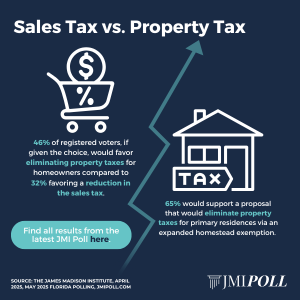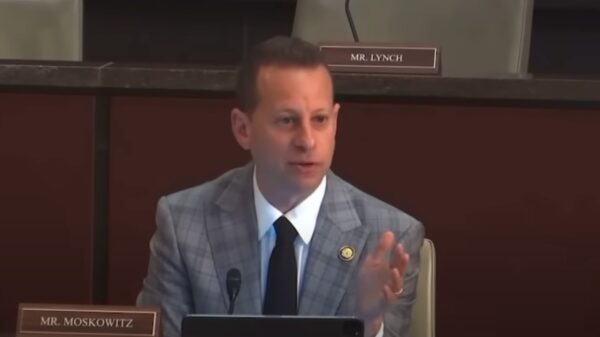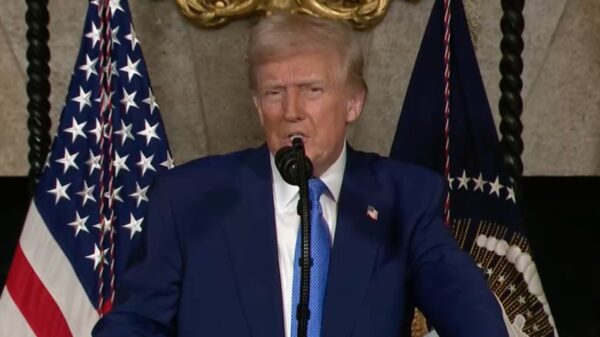From Florida’s aerospace industry to a local housing development, several sectors in the state are feeling the effects of higher tariffs.
A recent website post by the Career Source of Northeast Florida highlighted Northeast Florida manufacturers who are grappling with tariff impacts, “as shifting tariff policies cloud the outlook for many U.S. businesses. Manufacturers across Northeast Florida are “weighing how best to adapt,” the post said.
Lake Ray, who heads the North Florida Manufactures Association, told Florida Daily that his group members are already dealing with the higher cost of tariffs.
“One of our members in the Jacksonville area had their raw material prices soar unexpectedly due to new tariffs. The member got a shipment of steel coming into the U.S from China. It got halfway and was suddenly slapped with a tariff that went from $5,000 to $50,000 immediately. You can’t absorb that,” Ray said.
But the adverse effect is hitting small businesses as well
Real Estate firm Coast to Coast Realtors does business with groups from manufacturing to home builders.
“The impact of US steel tariffs will continue to affect industries across Florida, particularly the construction sector. Florida construction projects are likely to face increased costs, with a ripple effect on both residential and commercial developments. Real estate projects, which have been thriving in recent years, could see rising material costs, leading to higher home prices for buyers and increased overhead for developers,” said the group.
Does a 90-day pause on some tariffs with China help alleviate the uncertainty?
“No, a pause is not a solution,” said Dan Anthony, president of the Trade Partnership Worldwide, an international economic think tank. It’s a stay of execution for small businesses that still don’t know future product costs, and in many cases have taken steps that can’t be undone.”
Trump himself is familiar with the Chinese steel market. In the past, Trump spent at least $350 million on Chinese aluminum, including 207,000 feet of Chinese aluminum for the Trump hotel in Chicago. The Trump International Hotel Las Vegas and the Trump International Hotel & Tower Chicago both used tons of Chinese metals (literally).
Florida aerospace companies like Boeing and Lockheed Martin have said they are experiencing increased production costs due to the rise in aluminum prices, making it more expensive to manufacture aerospace components.
The Penn Wharton Budget Model‘s tariff simulator estimates that the remaining 30 percent tariff on all imports from China would be a $639 billion tax increase over 10 years.




















